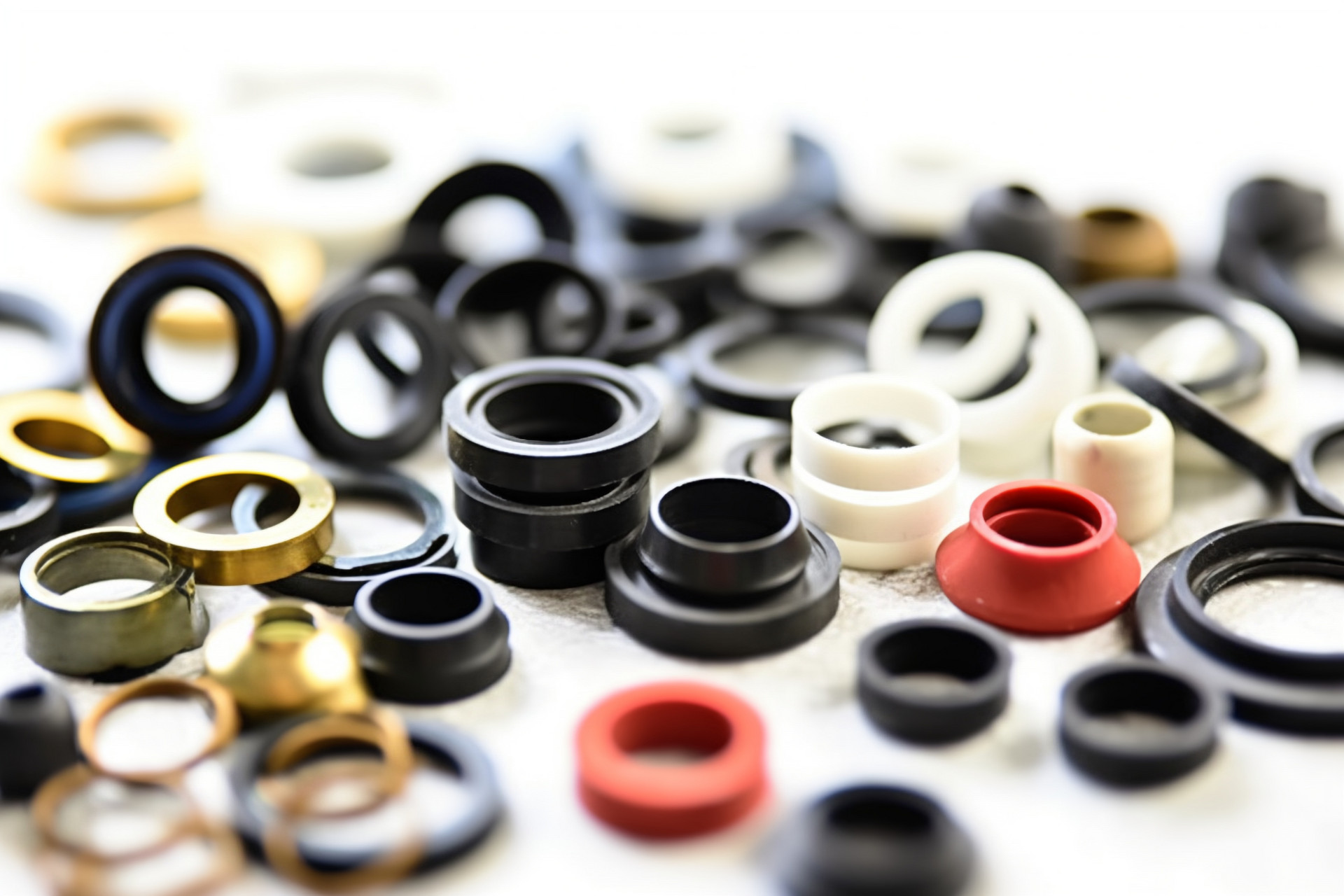
Rubber molding is a manufacturing process used to produce molded rubber products by shaping raw rubber materials into a desired form. This process involves using a mold or cavity to impart specific shapes and features to the rubber, resulting in a final product with the desired properties and characteristics. Rubber molding is a versatile technique widely employed in various industries for the production of rubber components with diverse applications.
There are several types of rubber molding processes, each suitable for different applications and product requirements. Some common types of rubber molding include:
Injection Molding:
In injection molding, raw rubber material is heated until it becomes molten and is then injected into a mold cavity under high pressure. The rubber solidifies in the mold, taking its shape. This process is efficient for high-volume production of complex and precise rubber parts.
Compression Molding:
Compression molding involves placing a pre-measured amount of rubber material directly into an open mold cavity. The mold is then closed, and pressure is applied to compress the rubber, causing it to take the shape of the mold. Compression molding is suitable for producing a wide range of rubber products with varying complexities.
Transfer Molding:
Transfer molding combines elements of injection molding and compression molding. The rubber material is preheated and loaded into a chamber, and then a plunger forces the material into the mold cavity. This method is chosen for products requiring precision and intricate details.
Liquid Injection Molding (LIM):
Liquid Injection Molding involves injecting liquid silicone rubber into a mold cavity. This process is particularly suitable for producing flexible and intricate rubber components, often used in medical devices and other applications where high precision is essential.
Over molding:
Over molding involves the application of a layer of rubber onto an existing substrate or component. This is commonly used to add a soft or tactile surface to a rigid object, enhancing its grip, durability, or aesthetic appeal.
The choice of the rubber molding process depends on factors such as the complexity of the part, desired volume, material properties, and cost considerations. Rubber molding is widely utilized in the automotive, aerospace, electronics, medical, and consumer goods industries to manufacture a diverse range of products, including seals, gaskets, O-rings, tires, and various other rubber components.
Post time: Jan-16-2024
